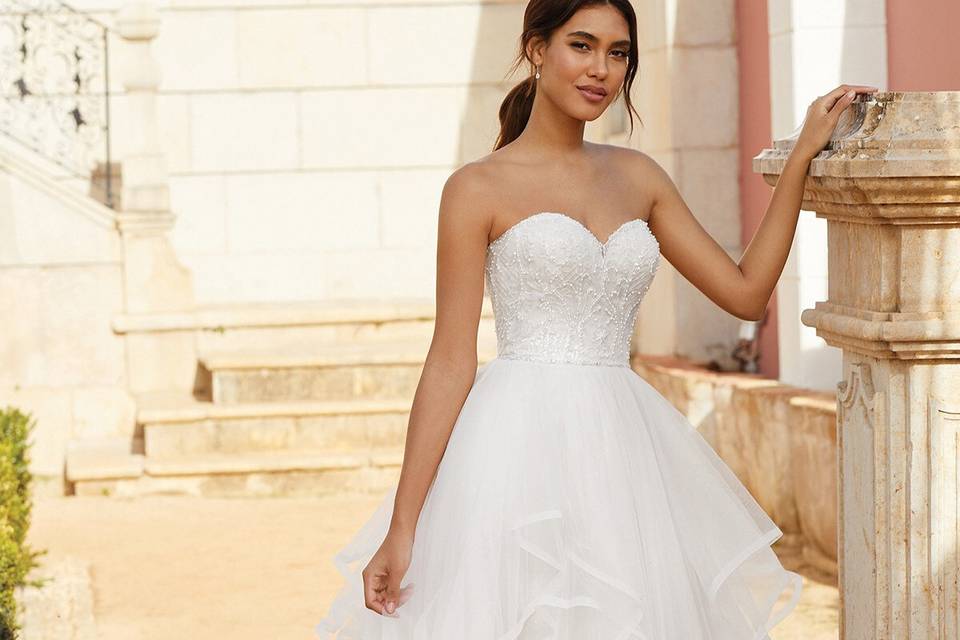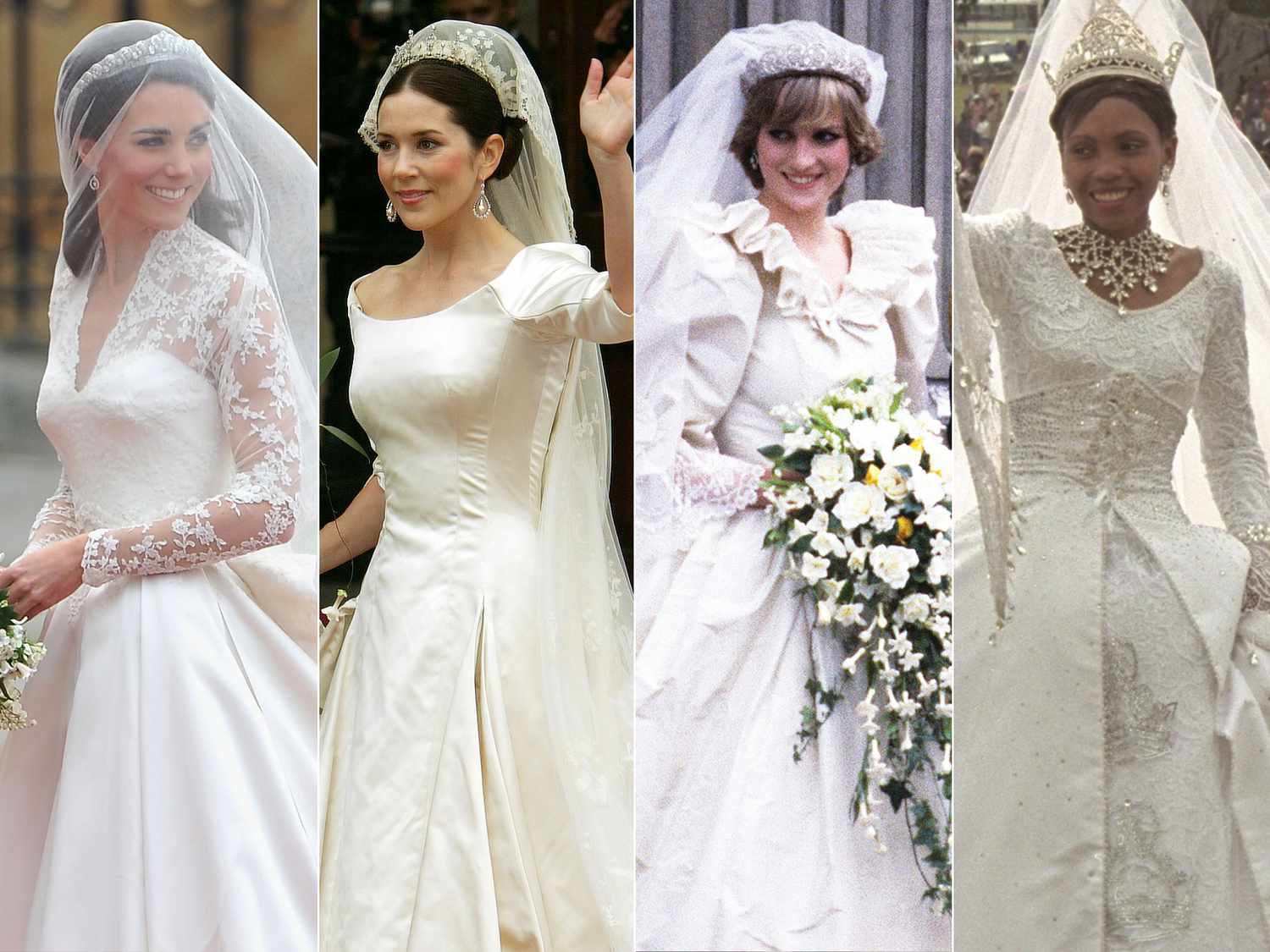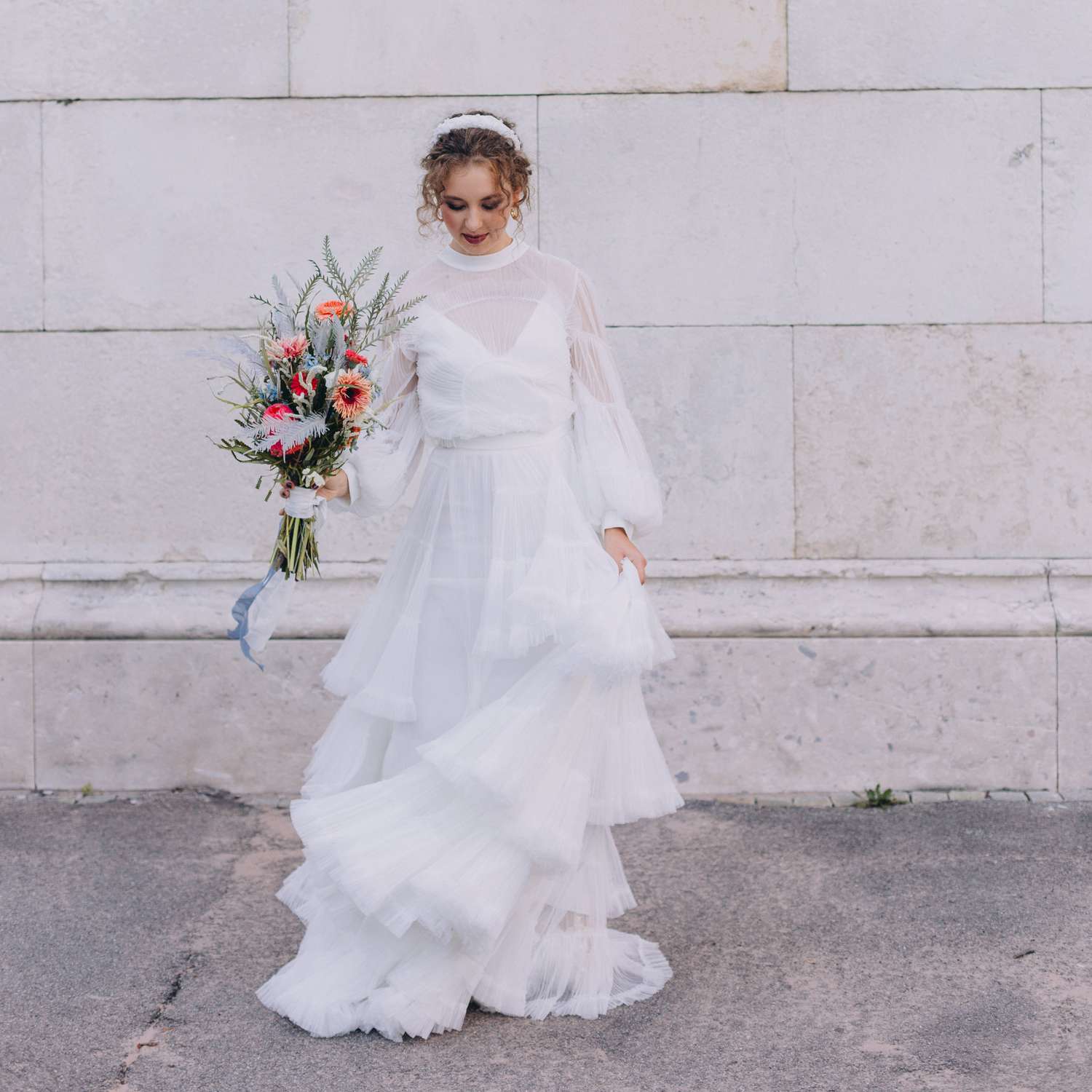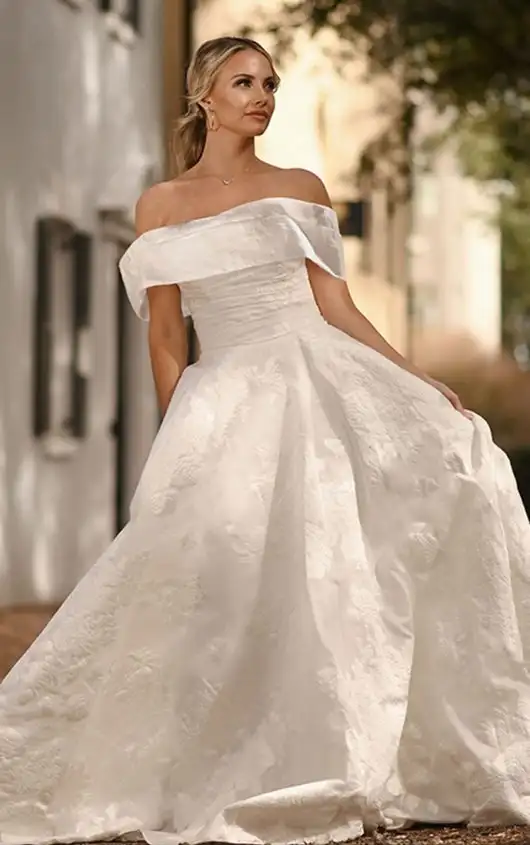I. Introduction

A. The importance of timing in purchasing a wedding dress while losing weight
Choosing the right timing for purchasing your wedding dress is crucial, especially if you’re in the process of losing weight. Proper timing ensures that the dress fits you perfectly on your special day.
B. Factors to consider in making the decision when to buy the dress
Several factors come into play when deciding when to purchase your wedding dress while in the midst of weight loss. These may include your weight loss goals, timeline, and potential alterations.
II. Evaluating Your Weight Loss Goals and Timeline
A. Assessing your weight loss goals
Set realistic and achievable weight loss targets that align with your overall wedding timeline. Keep in mind that slow and steady progress is the key to sustainable weight loss.
- Setting realistic and achievable weight loss targets
Consider factors such as your current weight, your body type, and how much weight you aim to lose. It’s important to set goals that are attainable and healthy. - Consulting a healthcare professional or nutritionist for guidance
Seeking professional guidance can help you develop a personalized weight loss plan that promotes overall health and well-being.
B. Determining your weight loss timeline

Creating a timeline for your weight loss journey allows you to track your progress and make informed decisions regarding your wedding dress purchase.
- Creating a timeline for your weight loss journey
Break down your weight loss goals into smaller milestones, spreading them out over the course of your wedding planning. This will help you stay motivated and on track. - Allowing for reasonable fluctuation in weight before final fittings and alterations
Keep in mind that weight can fluctuate naturally, even during periods of significant weight loss. Leave ample time for alterations closer to your wedding day to account for these natural fluctuations.
III. Choosing the Right Timing for Dress Shopping
A. Completing significant weight loss before dress shopping

To minimize the need for major alterations, consider waiting until you’ve achieved significant weight loss before purchasing your wedding dress.
- Waiting until you have reached your weight loss goals
Waiting until you’ve reached your desired weight or are just a few pounds away can save you time, stress, and expenses associated with major alterations. - Avoiding the stress of needing multiple or major alterations
Purchasing your dress when you’re closer to your goal weight reduces the likelihood of needing extensive alterations, ensuring a better fit and minimizing alterations costs.
B. Shopping closer to the wedding for confidence and fit
If you’re unable to complete your weight loss journey before dress shopping, consider purchasing the dress closer to your wedding date.
- Buying the dress closer to the wedding date for a more accurate fit
By purchasing the dress nearer to the wedding date, you can ensure a more accurate fit, taking into account any weight loss achieved. -
Considering minor alterations to accommodate smaller size changes
Minor alterations can be made to accommodate any size changes that occur closer to the wedding. These alterations can help achieve the desired fit and ensure you feel confident on your big day.
IV. Strategies for Dress Selection and Alterations
A. Choosing dress styles that allow flexibility for alterations
When shopping for a wedding dress while in the process of losing weight, it’s important to select styles that offer flexibility for alterations and adjustments.
- Opting for dresses with customizable features such as corsets or lace-up backs Gowns with corsets or lace-up backs provide flexibility in tightening or loosening the fit as your body shape changes. These features can accommodate weight loss and fluctuations more easily than dresses with fixed closures.
- Considering dresses with minimal beadwork or intricate details to facilitate alterations Dresses with intricate beadwork or embellishments may require more complex alterations, making them less suitable if you anticipate significant weight loss. Opt for simpler designs that are easier to alter as needed.
B. Working closely with a skilled seamstress
To ensure that your wedding dress fits perfectly as your body changes, establishing a relationship with a skilled seamstress or dressmaker is essential.
- Establishing a relationship with a trusted seamstress or dressmaker Research and identify experienced professionals who specialize in bridal alterations. Seek recommendations from trusted sources or consult bridal salons for recommendations.
- Communicating your weight loss goals and timeline to ensure proper alterations During fittings and consultations, clearly communicate your weight loss goals, timeline, and any specific concerns or requirements. A skilled seamstress will work with you to create the best fitting and most flattering dress possible.
V. Post-Purchase Options and Considerations

A. Ordering a custom-sized dress
If you anticipate significant weight loss, you may consider ordering a custom-sized dress that can accommodate your changing body shape.
- Exploring the option of ordering a custom-sized dress to accommodate anticipated weight loss Custom-sized dresses are tailored to your specific measurements and can be adjusted more easily during the alterations process. Discuss this option with bridal designers or consultants to determine the feasibility and cost.
- Discussing the customization process with bridal designers or consultants If you decide on a custom-sized dress, work closely with the designer or consultant to communicate your weight loss goals and timeline. They can guide you through the customization process and ensure that the dress is made to fit your changing body shape.
B. Planning for additional fittings and alterations
As your weight changes, planning for additional fittings and alterations closer to the wedding date is crucial to achieving the best fit possible.
- Budgeting for potential additiona l fittings and alterations as your weight changes Factor in alteration costs and additional fittings in your wedding budget. Although these extra expenses may arise, they are necessary to ensure that your dress fits perfectly on your special day.
- Scheduling fittings closer to the wedding to ensure the best fit possible To accommodate any last-minute weight changes, schedule your final fittings closer to the wedding date. This allows the seamstress to make any necessary adjustments for an optimal fit.
VI. Conclusion
In conclusion, timing is essential when purchasing a wedding dress while losing weight. Evaluating your weight loss goals and timeline, choosing the right shopping timing, and working closely with a skilled seamstress are crucial steps in ensuring the dress fits perfectly on your special day. Considering dress styles that allow flexibility for alterations, exploring custom-sized options if necessary, and planning for additional fittings and alterations will help accommodate your changing body shape. By taking these strategies into account, you can confidently choose and tailor a wedding dress that makes you feel beautiful and comfortable as you celebrate your love story.

